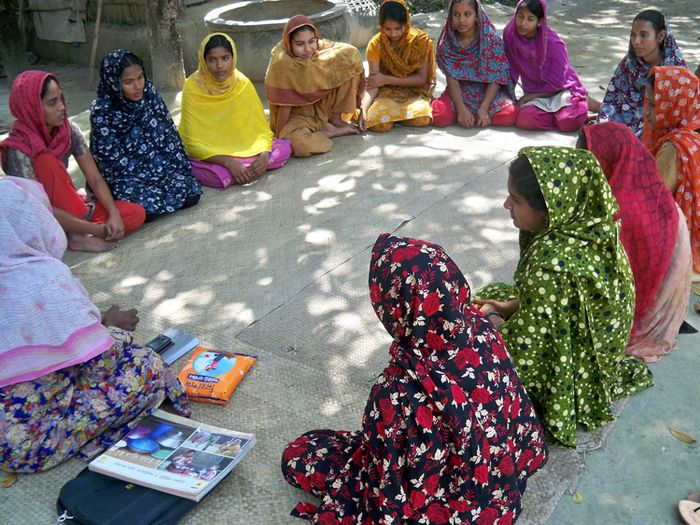
Earthquakes, tsunami, storms, cyclones, surges, floods, droughts, etc. cause significant losses in human lives and livelihoods. Increasing population and level of development put more elements at risk. The 2004 Indian Ocean tsunami highlighted the massive losses that can be incurred in the absence of warning information. Cyclone Nargis revealed that, though warning information was available and provided more than 3 days ahead of its landfall, institutional and public responses to the warning were poor. Gaps in translating warning information into potential impacts and response options and subsequent use of these information in guiding response decisions, last mile warning communication, basic disaster management standards and practices at local level, public awareness of risks, and risk reduction measures add to capacity gaps in generating user-relevant warning information.
RIMES aims to address these capacity gaps by working through national and local level institutions in each Member States in:
- Strengthening warning provider – user interface through multi-stakeholder early warning forums
- Building capacity of users in translating warning information into impact outlooks and response options, and their application in making decisions to reduce disaster risks
- Improving communication of disaster risks
- Enhancing community responses to warning information
- Providing user feedback to warning information providers for improving warning products and systems